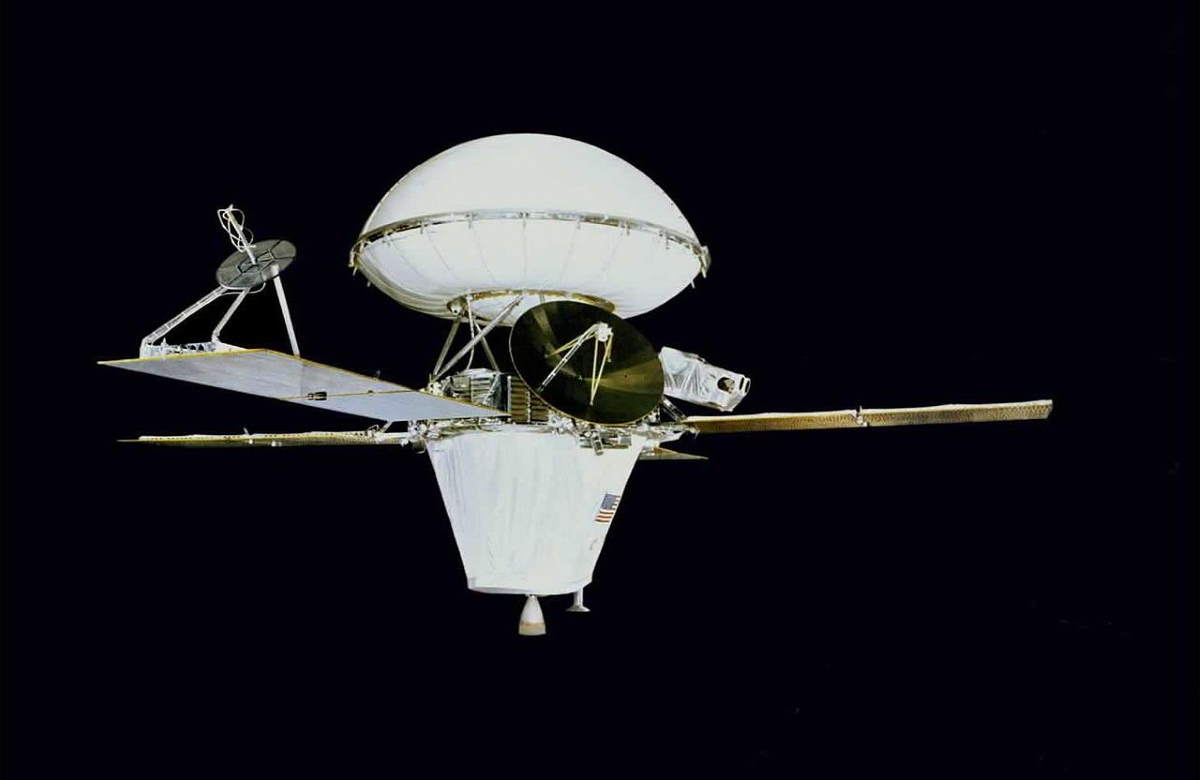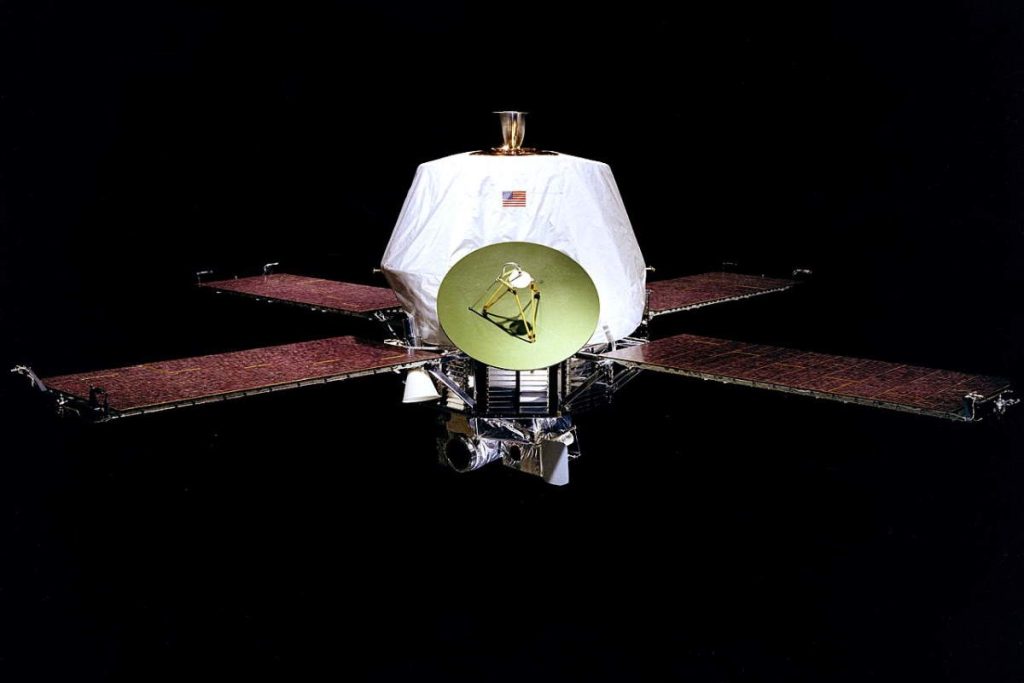On June 19, 1976, NASA’s Viking 1 Orbiter was inserted into Mars orbit. Both Viking 1 and Viking 2 spacecraft were consisting of an orbiter and a lander.
Today’s (June 19) story of what happened this day in Science, Technology, Astronomy, and Space Exploration history.
Viking 1
Viking 1 launched aboard a Titan IIIE rocket on August 20, 1975, and arrived at Mars on June 19, 1976. The first month was spent in orbit around the red planet and on July 20, 1976, Viking 1 Lander separated from the Orbiter and touched down at Chryse Planitia, a smooth circular plain in the northern equatorial region of Mars. It became the first successful Mars lander in the history of space exploration.
NASA’s Viking Project found a place in history when it became the first U.S. mission to land a spacecraft safely on the surface of Mars and return images of the surface. Two identical spacecraft, each consisting of a lander and an orbiter, were built. Each orbiter-lander pair flew together and entered Mars orbit; the landers then separated and descended to the red planet’s surface.
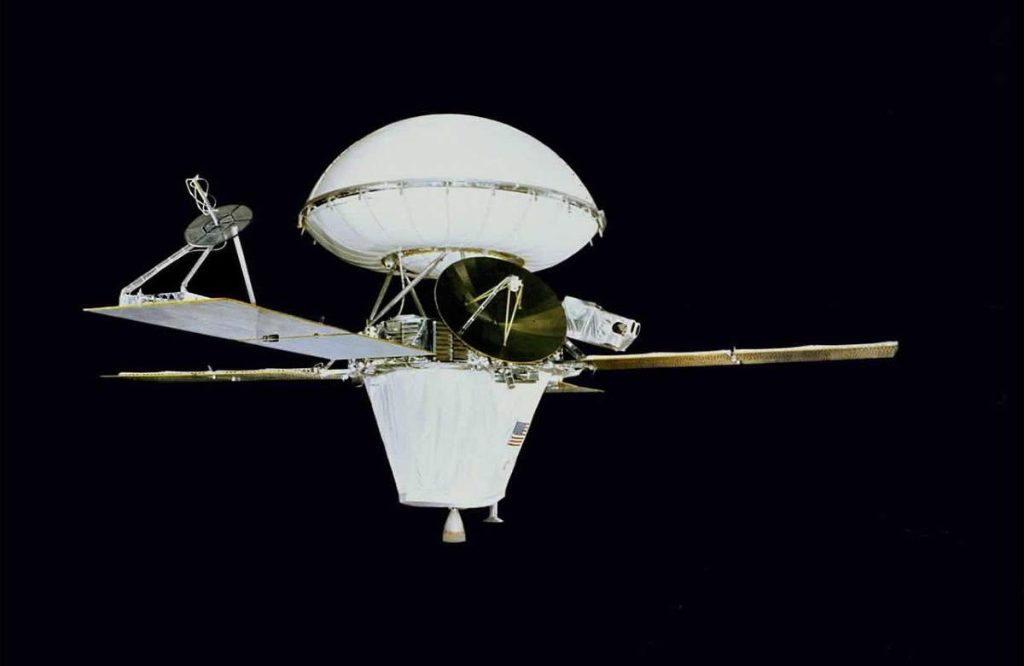
Besides taking photographs and collecting other science data on the Martian surface, the two landers conducted three biology experiments designed to look for possible signs of life. These experiments discovered unexpected and enigmatic chemical activity in the Martian soil but provided no clear evidence for the presence of living microorganisms in the soil near the landing sites.
According to scientists, Mars is self-sterilizing. They believe the combination of solar ultraviolet radiation that saturates the surface, the extreme dryness of the soil, and the oxidizing nature of the soil chemistry prevent the formation of living organisms in the Martian soil.
The Viking mission was planned to continue for 90 days after landing. Each orbiter and lander operated far beyond its design lifetime. Viking Orbiter 1 continued for four years and 1,489 orbits of Mars, concluding its mission on August 7, 1980, while Viking Orbiter 2 functioned until July 25, 1978.
Because of the variations in available sunlight, both landers were powered by radioisotope thermoelectric generators — devices that create electricity from the heat given off by the natural decay of plutonium. That power source allowed long-term science investigations that otherwise would not have been possible. Viking Lander 1 made its final transmission to Earth on November 11, 1982. The last data from Viking Lander 2 arrived at Earth on April 11, 1980.
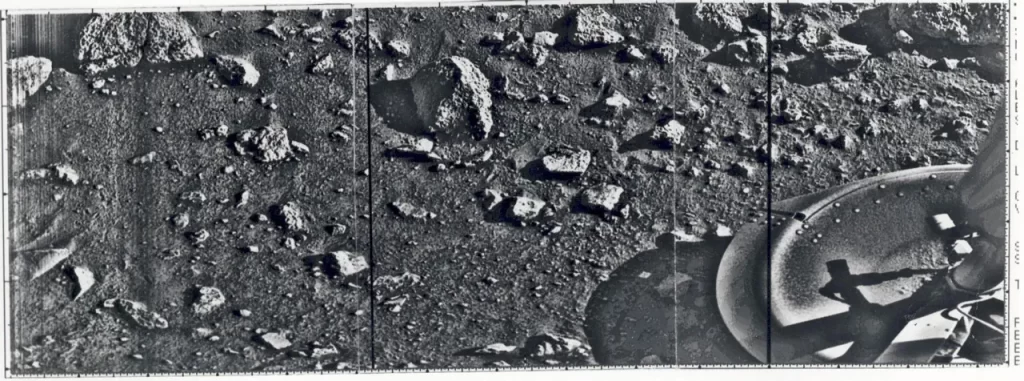
Viking 1 also carried a biology experiment whose purpose was to look for evidence of life on Mars. The Viking Project took place before NASA’s Astrobiology Program was founded, but many scientists from its precursor, NASA’s Exobiology Program, participated in the mission. Viking was NASA’s first attempt to search for life on another planet and was thereby the first mission dedicated to astrobiology.
The Viking lander biological experiments weighed 15.5 kg (34 lbs) and consisted of three subsystems:
- The pyrolytic release experiment (PR)
- The labeled release experiment (LR)
- T the gas exchange experiment (GEX).
In addition, independent of the biology experiments, Viking carried a gas chromatograph-mass spectrometer (GCMS) that could measure the composition and abundance of organic compounds in the Martian soil.
The results were surprising and interesting:
- The GCMS gave a negative result
- The PR gave a negative result
- The GEX gave a negative result
- The LR gave a positive result.
Viking scientist Patricia Straat stated in 2009, “Our (LR) experiment was a definite positive response for life, but a lot of people have claimed that it was a false positive for a variety of reasons.”
Today, most scientists think that the data were due to inorganic chemical reactions in the soil; however, this view may be changing after the recent discovery of near-surface ice near the Viking landing zone.
Some scientists still believe the results were due to living reactions, despite no organic chemicals being found in the soil. However, dry areas of Antarctica, for example, do not have detectable organic compounds either, but they have organisms living in the rocks.
Unlike the Earth, Mars has almost no ozone layer. So the UV radiation sterilizes the Martian surface and produces highly reactive chemicals such as peroxides that would oxidize any organic chemicals.
Later, the Phoenix Lander that landed on the surface of Mars on May 25, 2008, discovered the chemical perchlorate in the Martian soil. Perchlorate is a strong oxidant so it may have destroyed any organic matter on the surface. If it is widespread on Mars, carbon-based life would be difficult on the soil surface.
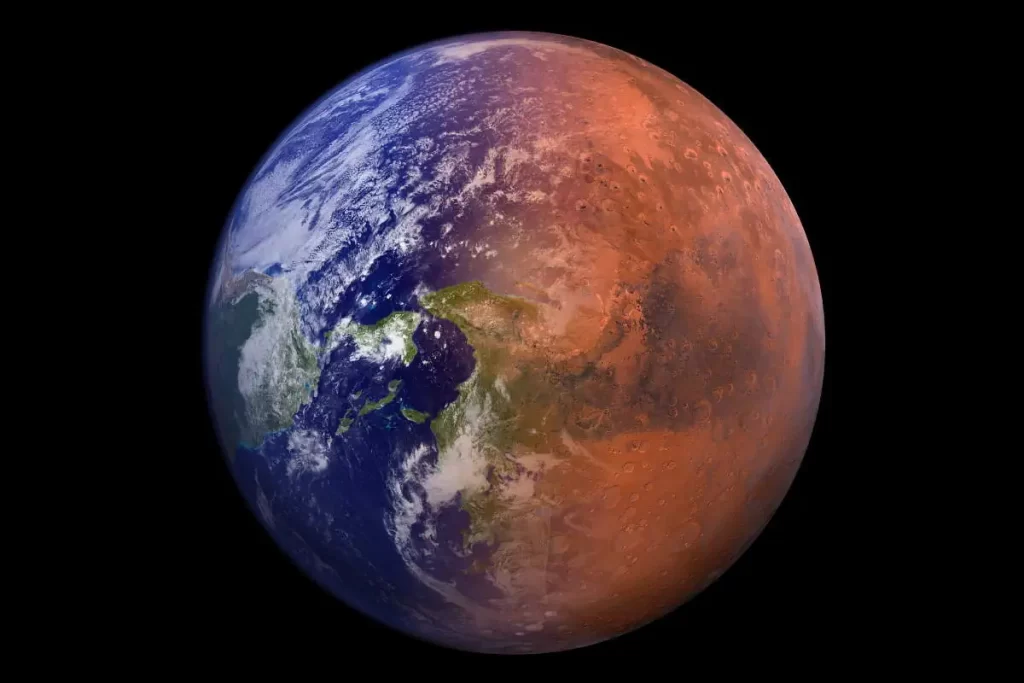
Related: How Mars Died? The Death Of Mars
Test of Einstein’s general relativity
Scientists also used the Viking 1 lander to test the time dilation hypothesis of general relativity. Gravitational time dilation is a phenomenon predicted by the theory of general relativity whereby time passes more slowly in regions of the lower gravitational potential.
Scientists sent radio signals to the lander on Mars and instructed the lander to send back signals, in cases that sometimes included the signal passing close to the Sun. Scientists found that the observed Shapiro delays of the signals matched the predictions of general relativity.

Sources
- Viking 1 mission page on the NASA website
- Viking 1 & 2 on the NASA Mars Exploration Program website
- Viking Project on the NASA Astrobiology website
- Viking 1 mission page on the NASA Solar System website
- Viking 1 on Wikipedia
- Moon Landings: All-Time List [1966-2025] - February 2, 2025
- What Is Max-Q and Why Is It Important During Rocket Launches? - January 16, 2025
- Top 10 Tallest Rockets Ever Launched [2025 Update] - January 16, 2025
